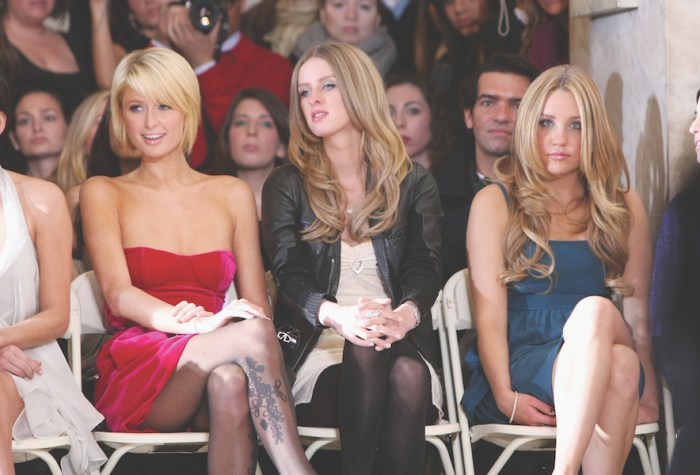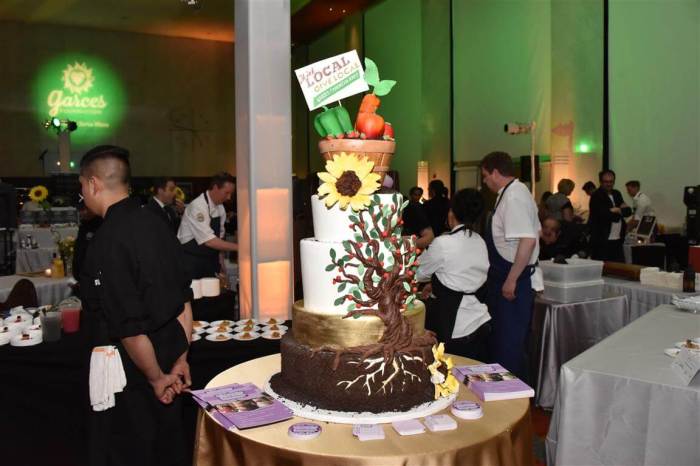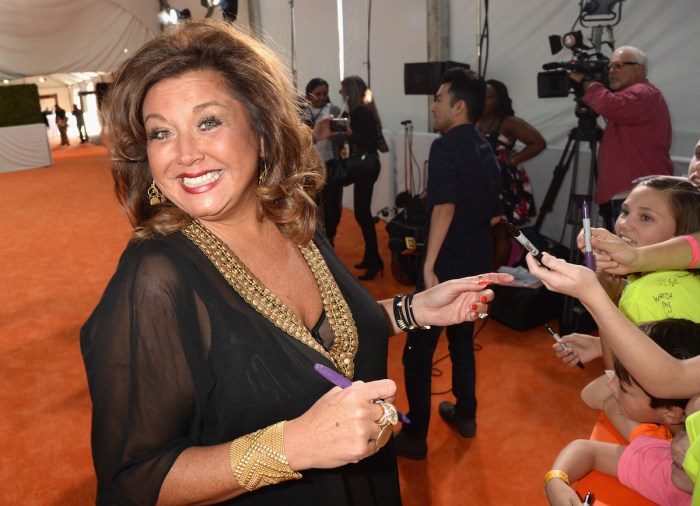“I wanted to make a lasting document, before their culture disappears forever,” says photographer Jimmy Nelson of his exquisitely shot images of some of Earth’s most remote indigenous peoples. Indeed, Nelson’s striking work in the recent book “Before They Pass Away” shines light on the perilous state of many of the world’s tribal communities.
Indigenous peoples make up roughly 370 million, only 5 percent of the population but are amongst 15 percent of the world’s poorest, according to human rights NGO Cultural Survival. Many minority ethnic groups suffer from some of the highest malnutrition, homicide and suicide rates in the world, which activists say is in the main due to the loss of tribal land necessary for their hunter-gatherer lifestyle.
“The authorities must understand that we cannot survive without our land: the land is our life,” Nixiwaka, a Yawanawá Indian from the Brazilian Amazon, told Metro. Indigenous peoples in Brazil, for instance, are concerned that proposed changes to their country’s constitution, which currently safeguards aboriginal land rights, could give industries free reign to encroach their territory.
“Demarcating our land is the only solution to guarantee a healthy future for the next generations,” said Nixiwaka.
The effect of land grabs is felt no more acutely than by the Guarani people in southwestern Brazil. The country’s largest indigenous group used to comprise 1.5 million, but years of colonization has whittled the number down to 43,000.
Today, Guarani communities have been driven off their ancestral land to make way for sugar cane plantations to produce ethanol, with the tribes often resorting to living in roadside camps in squalid conditions.
“The government said that it’s working on demarcating the land, but corruption is rife as land owners often pay off politicians and are politicians themselves,” says Survival International’s Brazilian expert Sarah Shenker.
“One of the biggest tragedies is that without their land, the Guarani have to rely on government handouts.”
Conflicts between the land owners and tribal leaders have meant homicide rates among the Guarani are soaring at 210 per 100,000 – that’s 20 times higher than the level in the state of Sao Paulo, according to Survival International.
What’s more, that lack of hope has made the Guarani infamous for having a suicide rate 34 times the national average – one of the highest in the world.
A fight over land rights also faces the Bushmen, the indigenous hunter-gatherer people of the southern African region. In the parched Kalahari desert, the Botswana government has given the Wilderness Safaris tourist company permission to dig boreholes for water (for swimming pools), while local tribes have been outlawed in receiving such licenses.
Further, almost 200 Bushmen have been allowed permits to hunt game on the Central Kalahari Game Reserve, originally designed to protect the last refuge of a people who had lived across southern Africa for tens of thousands of years.
“When those permanent residents die, the Bushmen will no longer have any land they can claim to be their own,” says minority rights campaigner Rachel Stenham, who believes “the authorities are adopting an inherently racist policy against the hunter-gatherers.” Areas of the CKGR are being earmarked for fracking production and diamond extraction, with one deposit in the center of the reserve valued at $3.3bn.
Yet elsewhere, indigenous issues begin to gain more representation. Tribal populations are growing worldwide: in Canada by 20 per cent between 2006 and 2011 and by 60 per cent in Australia to over a million in the next twenty years. Greenland, whose population is 90% Inuit, are now flirting with the idea of independence from colonial masters Denmark.
“I’ve seen more and more young people attending national aboriginal meetings, raising their voices in the hope for a better life for themselves,” says Andrea Landry, a 25-year-old youth worker and member of the Canadian ethnic group Anishinaabe.
“There is an increasing awareness of Canada’s colonial past, the first step in changing perceptions in order to change reality.”
Armed with his camera, Nelson hopes he can do just that, especially to convince indigenous peoples to strive and retain their heritage. “Through my photographs of these culturally rich tribes, I’m saying that modernization – i.e. moving to a big city and living in a shack – will not necessarily make you happier.
“Don’t throw it all away because the world will become one homogenized, grey planet.”
Awareness raises big questions
Initiatives like Cambridge University’s World Oral Literature Project (a digital archive of indigenous arts) and the Vanishing Cultures Project (documentary journalism), aim to conserve culture before it disappears without record.
“Indigenous ways of life show us how to live sustainably,” says Nina Wegner of the Vanishing Cultures Project. “Many communities live by adjusting their consumption to match their resources.”
Yet others think tribespeople benefit little from these awareness projects. “I have a problem with non-indigenous groups getting a monetary gain out of using the intellectual properties of indigenous peoples,” said Andrea Landry, who belongs to Canada’s Anishinaabe tribe.
“We want aboriginal groups themselves to lead these projects, and not be on the receiving end.”


















